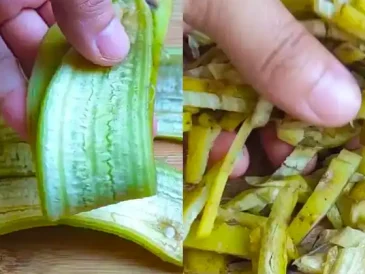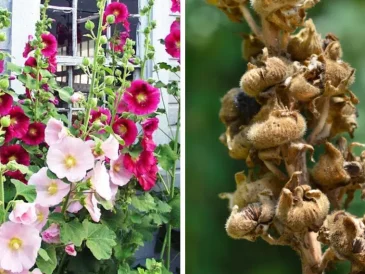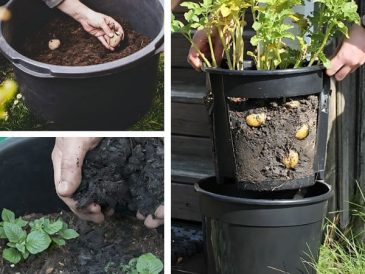A few years back, when I was still in the initial phases of my gardening journey, all I ever thought about before planting something was how beautiful it was going to look once fully grown.
Now, I tend to give a higher priority to plants that are easier to divide, as they allow me to split them into smaller sections and replant them. I guess priorities do change over time, eh?
Let’s take a look at 11 easy-to-divide perennials that can significantly multiply your blooms in the garden!
1: Hostas

Hostas are typically known for being one of the easiest plants to divide, thanks to their clumping roots that separate easily and can be planted in whatever way preferred. You want to divide this perennial into smaller root clusters and plant them, as doing so gives you the benefit of increased blooming and spread.
2: Phlox

Phlox are easy to divide due to their shallow roots that stay near the surface of the soil and don’t need to be dug out with extra effort. By dividing them, you get more plants which results in a denser, more aesthetically pleasing garden.
3: Peonies

Many gardeners find peonies to be particularly easy to divide because of their tuberous roots. Like others, dividing them is a good idea as it allows you to acquire more peonies and add even more beauty and depth to the garden.
4: Coneflowers

Not only do coneflowers look majestic in the garden, but they’re also super easy to divide thanks to their fibrous roots. You won’t have to worry about negatively affecting the plant or injuring its roots, allowing you to divide freely and grow the coneflower spread in your garden.
5: Yarrows

This perennial ground cover is another popular one in the realm of easy division. I’ve personally experimented with tons of different ground covers throughout my gardening journey and am yet to witness any ground cover more beautiful than low-growing yarrows.
Their roots can be separated easily, and dividing them encourages better growth and eventually leads to a fuller-looking garden.
6: Asters

Asters have clumping roots that make it very easy for you to separate and divide them. Roots can be separated without harm or injury, allowing for improved spreading ability and enhanced blooming.
7: Geraniums

Not only are geraniums useful in the garden for attracting beneficial pollinators like bees and butterflies but they’re also super simple to divide, which means a higher potential for large-scale growth as well as increased number of blooms making your garden look fuller and more beautiful.
8: Coral Bells

Coral bells are easier to divide thanks to their clumpy roots that, like phlox, spread around the shallow surface of the soil and don’t really need to be dug out, which risks root damage.
Dividing coral bells makes the garden fuller and more vibrant while improving the overall health and longevity of your perennials at the same time.
9: Blanket Flowers

Blanket flowers, too, have roots that clump together but still linger around the shallow surface of the ground. One can go about splitting and separating them without risking root injury or permanent damage.
One thing worth mentioning here is just how beautiful your garden will look with a bunch of blanket flowers blooming in it. It’ll be a true color heaven.
10: Catmint

Dividing your catmint plants is super simple and feasible. They don’t have those annoyingly tough roots that are impossible to separate, and, as a matter of fact, some may be able to do it effortlessly. By dividing your catmint plants, you’ll benefit from vigorous blooming that will surely take you by surprise.
11: Stonecrop

Apart from offering beautifully vibrant flower clusters in shades of pink, purple, crimson, and blue, stonecrop also has a very special quality of being easily separable so that their flower base can be grown healthier and denser.



